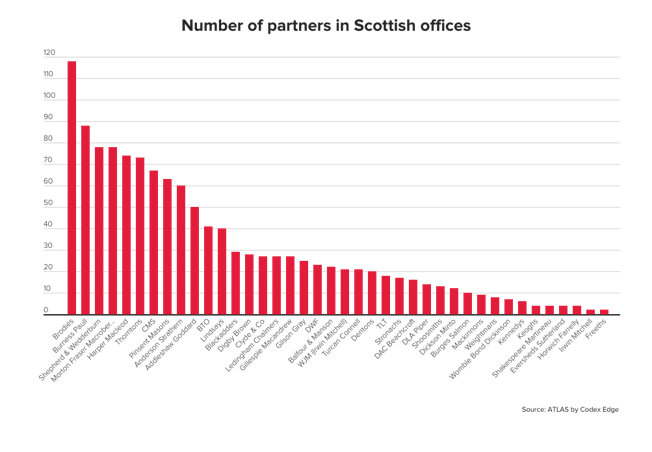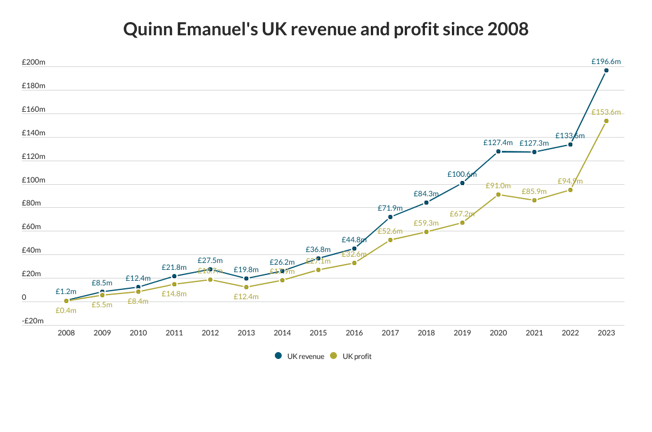
Has anything changed at the firm formerly known as Nicholson Graham & Jones? On 1 January 2007 it will be two years since the slightly sleepy, midsized City firm that had previously dallied with Pinsents (now Pinsent Masons), to no avail, struck a deal with growth-hungry US firm Kirkpatrick & Lockhart.
The very fact that the US tie-up that formed Kirkpatrick & Lockhart Nicholson Graham came only six months after the failure of the prospective Pinsents marriage emphasised the urgency among the then Nicholson Graham partners to do a deal.
But the merger, when it eventually came, at least appeared to be a potential catalyst, both for Nicholson Graham’s survival in the City and the US firm’s international growth. The merger was Kirkpatrick & Lockhart’s first step outside its home market.
Nicholson Graham’s then chairman Michael Johns told The Lawyer: “An Anglo-American firm ought to have representation in mainland Europe.”
This year that representation nearly arrived in the shape of Salans. Kirkpatrick spent much of 2006 working towards a deal with Salans that would have brought it offices across Central and Eastern Europe and an additional £95.5m in turnover.
Kirkpatrick chairman Peter Kalis refuses to confirm the talks ever took place, but he is more than happy to outline his firm’s ambitious plans for growth.
“We’ve had discussions both with groups and firms that would place our law firm in the Continent, in Asia and in new markets in the US,” he says. “But as with Nicholson Graham & Jones, we employ very stringent criteria to these strategic initiatives. We will, at any time, have one or more of these discussions underway, and more often than not they don’t pan out.”
In other words, Kirkpatrick looked at Salans and did not like what it saw.
Kirkpatrick is still looking to grow. Kirkpatrick & Lockhart saw Nicholson Graham as a start in London. Clearly, the US firm is far from finished with expansion. As Kalis puts it: “We’re in the market to investigate opportunities.”
In London the most recent ‘opportunity’ was the hire of Dechert‘s London head of banking Trevor Beadle.
His arrival ended a slow period in terms of recruitment for Kirkpatrick. Doubtless the talks with Salans were to blame, but with those talks now over Kirkpatrick looks to have hit the hiring trail again. Any new partners will have to deal not only with a firm that is looking to grow aggressively, but one in which personal performance is under far closer scrutiny than ever before.
Next January will see the two-year anniversary of the merger; it will also see the removal of guaranteed payments to London partners. The financial incentive during the transition period is effectively a lock-in, but in three months that will end. What remains unclear is the extent to which the removal of partners’ guarantees will also lead to the removal of some of the partners themselves.
Kalis admits in today’s issue (see cover) that the move from lockstep to a performance-based remuneration system may be “threatening” to certain partners. “I’m not going to pretend it’s not,” he says. “It will bloody some noses in the transition.”
Kalis will not quite come out and say it, but next year is likely to see a process of potentially heavy-duty bloodletting at Kirkpatrick’s London office.
There is no doubt that Kalis (reportedly nicknamed ‘The Ogre’ internally for his allegedly ferocious style) wields the power at the firm. London head Tony Griffiths goes by the title ‘administrative head’, in line with the heads of the firm’s other offices. Post-merger Kalis took Griffiths to one side and asked him if he would feel okay being administrative head, as this is what office heads are called in the US. You get the feeling it was a rhetorical question.
And, illuminatingly, Griffiths says that during the merger discussions Nicholson Graham “hung on to” the 1,600-hour target for UK assistants, which compares with 2,080 in the US. Although Griffiths bullishly claims “that won’t change”, his defensive language says a lot about where the power lies at Kirkpatrick.
But it is far from all doom and gloom at Kirkpatrick. The firm’s figures for 2005 were excellent, with a 36 per cent increase on 2004’s profit per equity partner of £220,000 to £308,000.
London revenue also rose by 10 per cent to £29.8m from £27.1m. Griffiths points to what he calls an “outrageously good” start post-merger, with London chipping in $5m (£2.68m) of US-originated work from a “standing start”, mainly from IP, litigation and M&A.
But it will need to do better than that in 2006 to justify the cost of the transatlantic deal. That $5m, equates to the revenue generated by two equity partners and is hardly earth-shattering.
Kirkpatrick is looking to import some of its more profitable US business lines such as insurance coverage (a major chunk of its US practice), international arbitration and construction, and funds formation. The firm also claims to have seen considerable growth in the international AIM work handled by the London office since the merger.
According to one well-known management consultant, the merger has largely been a success. “Workflows from the US have been good and they’ve made a range of lateral hires that Nicholson Graham wouldn’t have achieved alone,” he says.
Kalis says London has had “a fine 2006, materially ahead of 2005”. Next year’s figures will reveal exactly how far Kirkpatrick has travelled in two years. How many of the current crop of partners are still there to enjoy the fruits of that improvement will be known after January.
























